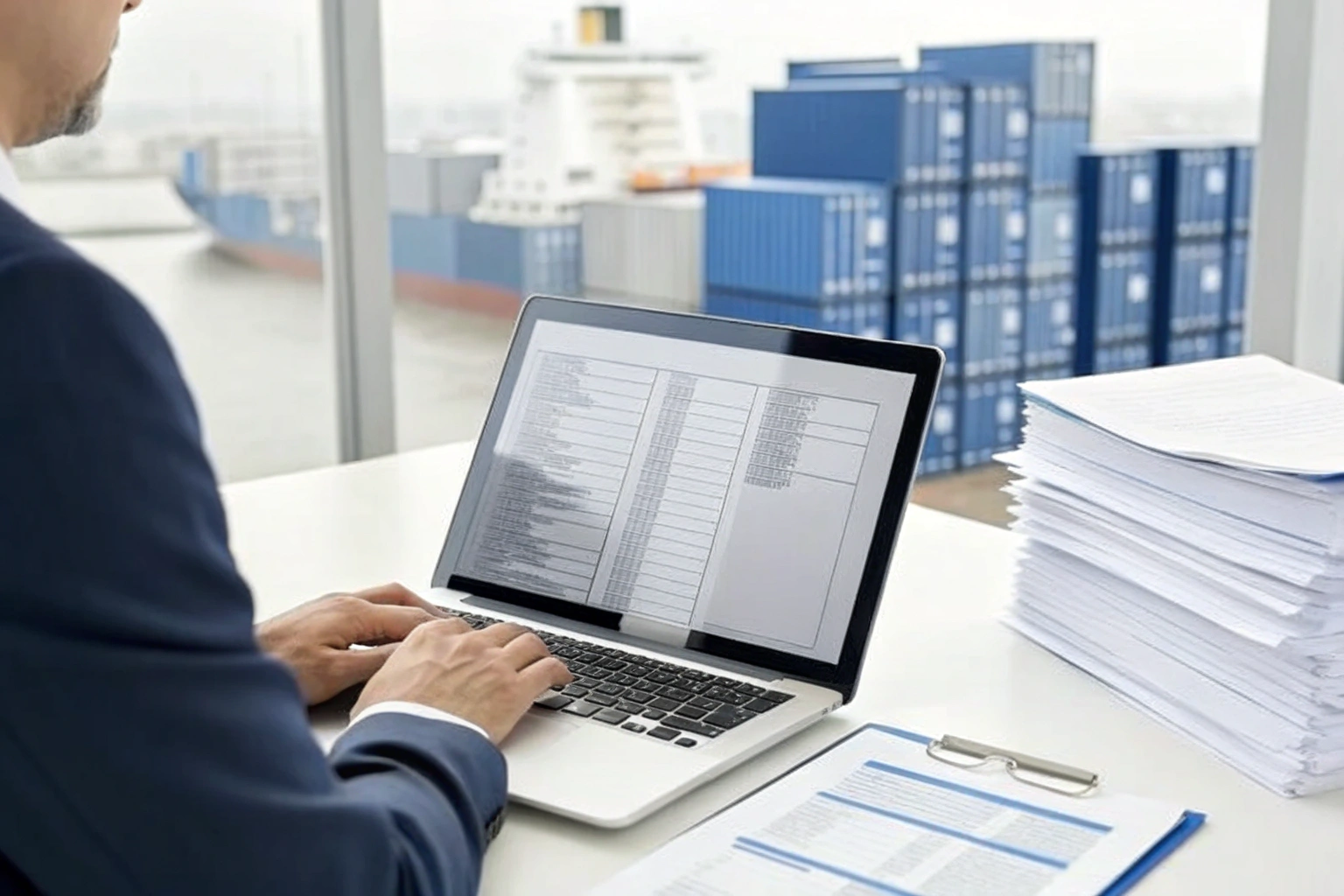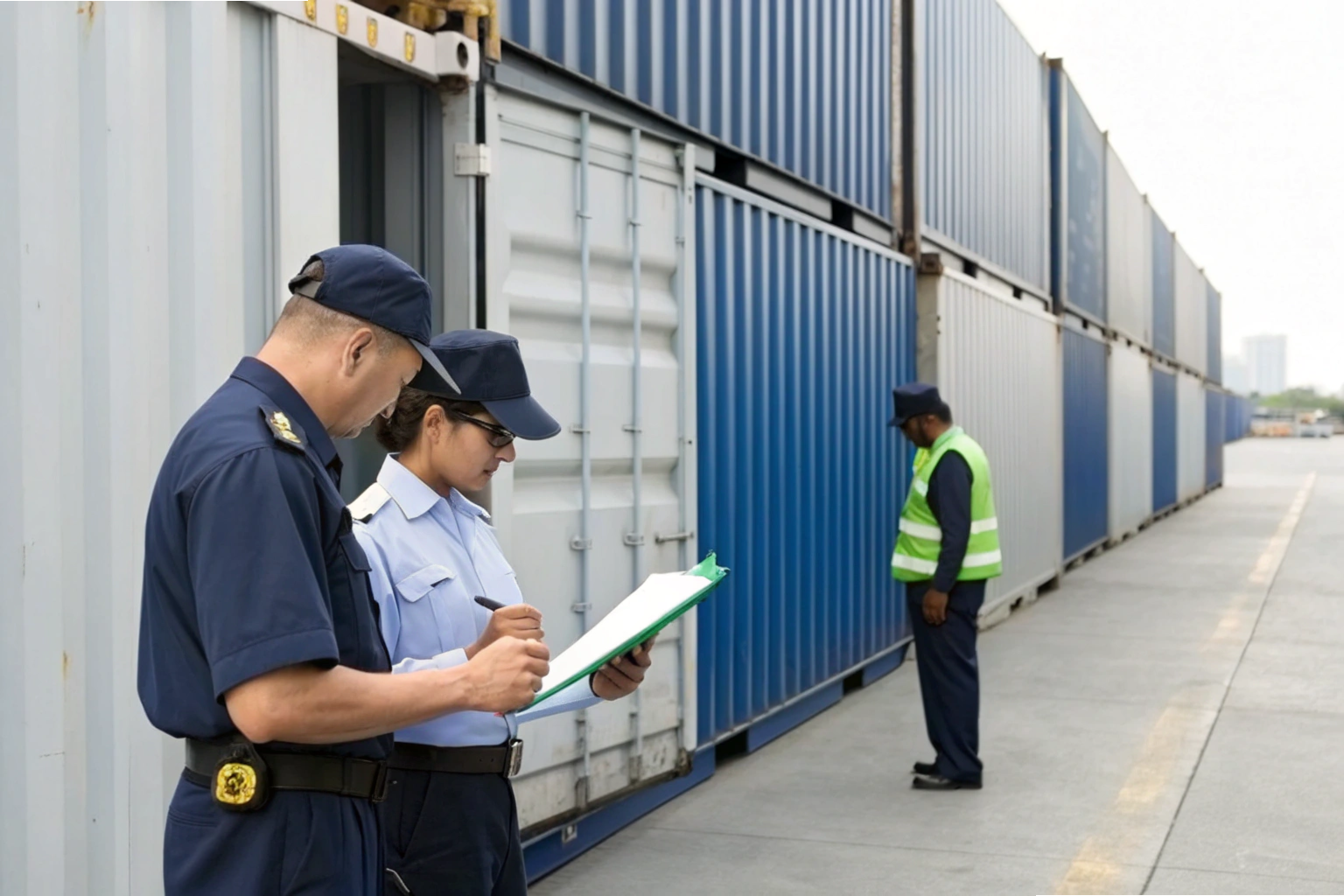
When I first placed a big order, I almost picked a supplier who claimed “exports to U.S.” on their website—but had zero documentation. I learned verifying trade history early saves huge headaches.
You can confirm a Vietnamese supplier’s U.S. experience by requesting export documentation, client references, case studies, and logistics data 1. These reduce risk of mis-representation and quality surprises.
If you skip checking trade history, you may end up with a supplier who doesn’t understand U.S. customs requirements 2, standards, or paperwork—and that leads to delays or rework.
What export documents show U.S. trade history?
I always ask suppliers for past documents: invoices, commercial invoices, packing lists, Certificates of Origin. Some willingly share redacted versions; good signs.
Documents that prove U.S. trade history include: commercial invoices with U.S. consignee 3, bills of lading, Certificates of Origin, packing lists, and export/import documentation matching U.S. import rules 4.

Dive deeper into export documents
Here are specific documents and what to look for:
| Document | What to Check | Why It Matters |
|---|---|---|
| Commercial invoice | Should have U.S. consignee or consignee address in U.S.; consistent company names; amount, description of parts | Shows actual trade; helps confirm that supplier has shipped to U.S. |
| Bill of lading / airway bill | Look for U.S. port of destination; shipping line date; consignee name/address | Verifies that shipment physically moved to U.S. |
| Certificate of Origin (C/O) | Preferably for U.S. import; matches origin rules; signed/stamped properly | Customs often require; shows supplier knows documentary compliance |
| Packing list | Shows how parts were packed, weights, HTS codes if included, addresses | Helps confirm packaging standards, volumes, what exactly was shipped |
| Export / Import Declarations | Redacted, but should show U.S. customs area; correct classification; descriptions | Demonstrates supplier has handled import-side documentation before |
Can you request client references from U.S. buyers?
Absolutely—good suppliers expect this and often have U.S. clients happy to speak (especially smaller ones).
Yes—you should ask the supplier for references from U.S. buyers 5. Contact them to ask about lead times, quality, consistency, documentation, and how helpful the supplier was with customs/import challenges.

Dive deeper into using references
- Ask for at least two U.S. clients—preferably those who ordered similar custom metal parts.
- Get their: company name, contact person, email or phone, what was supplied, when, and any challenges.
- Call or email them to ask:
- Were tolerances held?
- Did the parts pass U.S. inspection?
- Was documentation (packing list, certificates, origin) correct and useful?
- Were there delays in delivery, customs, or logistics?
- Sometimes clients (especially large ones) will sign NDAs; supplier may give partially masked info, which is ok if you can still verify key facts.
Should you verify past shipments via logistics data?
I found that when a supplier gave me past bills of lading, I could check with the carrier or forwarder to see whether shipments actually arrived in the U.S.
Yes—verifying via logistics data and import-record databases 6 gives extra confidence that the supplier truly exported to the U.S., not just claim they did.

Dive deeper into logistics verification
- Use import record databases/tools like Panjiva, ImportGenius, Datamyne 7 to search whether the supplier’s name or address appears in U.S. import shipments.
- Ask supplier to share copies of bills of lading (redacted if needed), then check with the shipping line or freight forwarder.
- Check consistency of product descriptions, weights, quantities in those documents to what they quote you now.
- Review U.S. Customs clearance documentation if available, or ask them to show proof that shipments cleared customs without serious issues (e.g. classification, duties).
How can trade history reduce your sourcing risk?
Knowing a supplier has real U.S. trade history makes a big difference—not just paperwork, but practical risk.
Trade history reduces risk 8 by demonstrating experience with U.S. standards, customs requirements, shipping logistics, and shows likely reliability in delivery, quality, and regulatory compliance.

Dive deeper: benefits of verified trade history
- Supplier already knows U.S. import paperwork → fewer document errors, fewer delays.
- They likely understand U.S. quality/tolerance expectations 9, so less chance of mismatches or rework.
- Having U.S. client references helps you assess communication, reliability, responsiveness.
- Logistics: a supplier who has shipped before likely has relationships with freight forwarders 10, understands FOB / CIF, handling, packaging optimized for long transit, customs.
- Reduces risk of fraud: a supplier with no real shipments or unverifiable claims may misrepresent capabilities.
Conclusion
Trade history is a powerful tool when selecting a supplier. By obtaining export/invoice documentation, getting real references, verifying via logistics data, you can significantly lower risks. Always insist on evidence before placing large orders.
Footnotes
1. Panjiva import records help verify U.S. trade shipments. ↩︎
2. CBP official guide on U.S. customs import requirements. ↩︎
3. U.S. Department of Commerce overview of commercial invoice use. ↩︎
4. Export.gov documentation requirements for U.S. importers. ↩︎
5. Supplier reference checks explained for due diligence. ↩︎
6. ImportGenius database for verifying past shipments. ↩︎
7. Datamyne trade database for U.S. import verification. ↩︎
8. Harvard Business Review checklist for supplier due diligence. ↩︎
9. ASTM standards for U.S. manufacturing tolerances. ↩︎
10. Guide to freight forwarding and logistics in global trade. ↩︎

